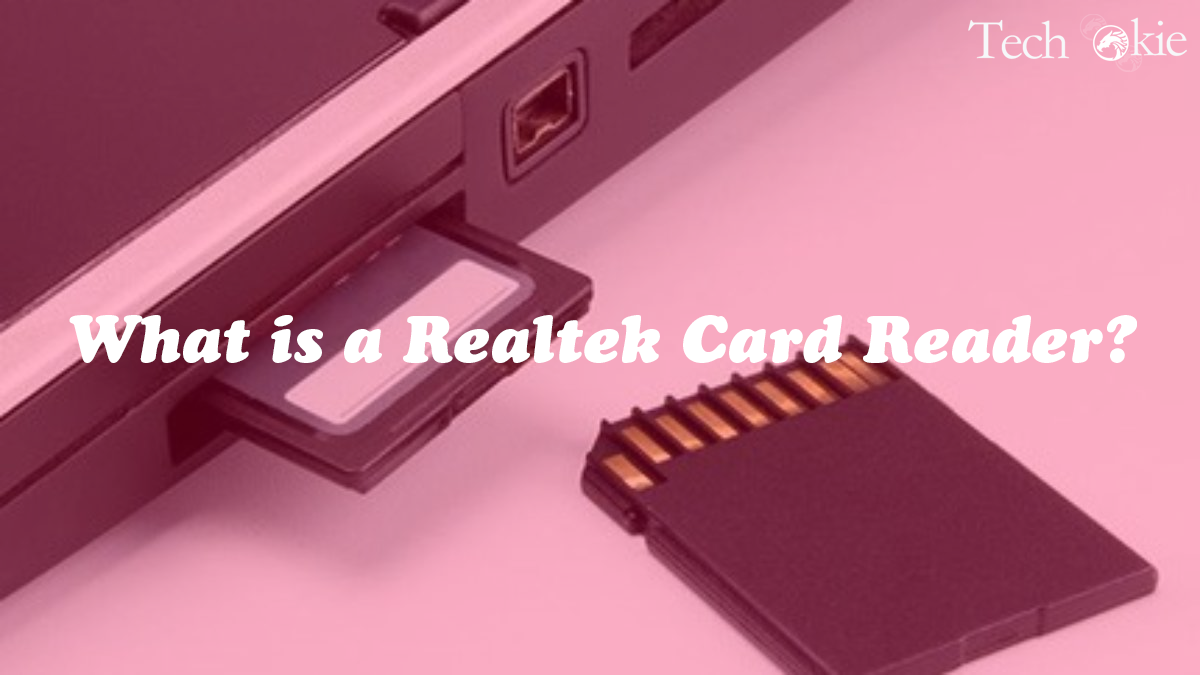

The second generation, known officially as "Blue and White", was introduced at MacWorld San Francisco on January 5, 1999. The first generation, known colloquially as "Beige" was introduced at a special event on November 10, 1997. Two generations of the Power Macintosh G3 were released. Magazine benchmarks showed the G3/266 CPU outperforming the 350 MHz PowerPC 604ev chip in the Power Macintosh 9600 as well. As a result, these machines benchmarked significantly faster than Intel PCs of similar CPU clock speed at launch, which prompted Apple to create the "Snail" and "Toasted Bunnies" television commercials.

The Power Macintosh G3 is named for its third-generation PowerPC chip, and introduced a fast and large Level 2 backside CPU cache, running at half processor speed. Apple's move to build-to-order sales of the Power Macintosh G3 also coincided with the acquisition of Power Computing Corporation, which had been providing telephone sales of Macintosh clones for more than two years. The introduction of the Desktop and Mini Tower models coincided with Apple starting to sell build-to-order Macs directly from its web site in an online store, which was unusual for the time as Dell was the only major computer manufacturer doing this. It represented Apple's first step towards eliminating redundancy and complexity in the product line by replacing eight Power Macintosh models (and the Twentieth Anniversary Macintosh) with three: Desktop and Mini Tower models for professional and home use, and an All-In-One model for education.
#How to update my realtek 2.0 card reader driver software
The Power Macintosh G3 (also sold with additional software as the Macintosh Server G3) is a series of personal computers designed, manufactured, and sold by Apple Computer, Inc. The Power Macintosh G3 Mini Tower (left) and Power Mac G3 Blue and White (right)


 0 kommentar(er)
0 kommentar(er)
